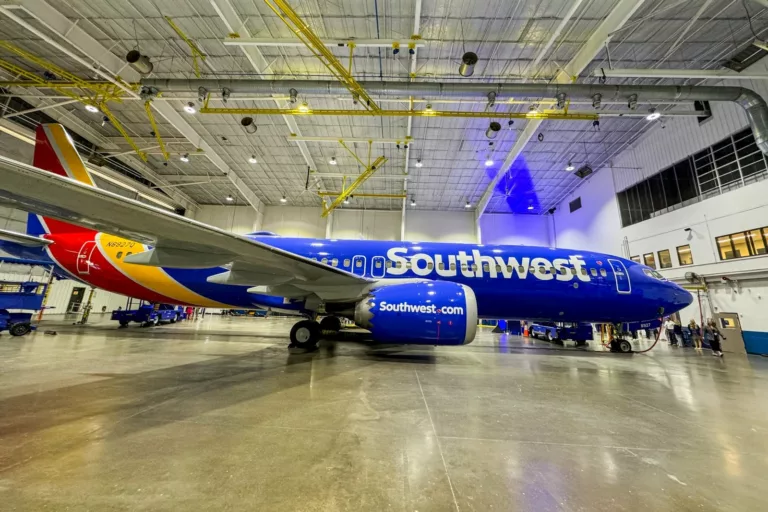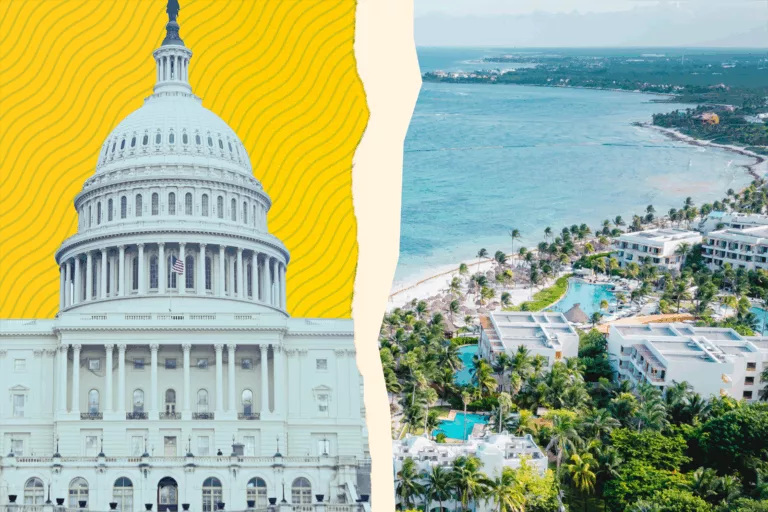Why the Chase Sapphire Reserve Remains My Ultimate Travel Companion
In the world of travel rewards credit cards, the Chase Sapphire Reserve® has earned a reputation that’s hard to beat. My journey with this card began in September 2016 when a friend introduced me to its impressive features. At the time, my credit portfolio consisted of a cash-back card and a co-branded airline card, but the allure of the Sapphire Reserve quickly captivated me. Nearly a decade later, this card continues to be my primary choice for travel rewards, and here’s why I’ll never consider canceling it.
When I first applied for the Chase Sapphire Reserve, the annual fee was $450. Back then, it was competitive with other premium cards like The Platinum Card® from American Express and the Citi Prestige® Card (which is no longer available for new applicants). However, the value offered by the Sapphire Reserve made its fee justifiable. Fast forward to today, and while the annual fee has increased to $795, I still find the benefits compelling enough to keep it in my wallet.
As an existing cardholder, I have until my renewal date in December before I need to pay the new fee. I appreciate that I can start enjoying the updated benefits right away, which include enhanced statement credits and changes to earning rates. Although the new fee may raise eyebrows, it surpasses the Amex Platinum’s $695 fee, yet I find the Sapphire Reserve offers more value for my travel needs.
One of the standout features of the Sapphire Reserve is its generous statement credits. The new credits feel less like a gimmick and more like tangible benefits. For both existing and new cardholders, these credits are straightforward to utilize, making the annual fee feel like a worthwhile investment.
While the Capital One Venture X Rewards Credit Card offers a lower annual fee of $395, it lacks the flexibility and additional statement credits that the Sapphire Reserve provides. This flexibility is crucial for travelers who want to maximize their rewards and benefits.
The Sapphire Reserve boasts a robust network of airline and hotel partners, including major players across the three airline alliances: Oneworld, SkyTeam, and Star Alliance. This extensive network has saved me thousands of dollars on last-minute bookings, particularly with Southwest Rapid Rewards. I’ve booked one-way flights for as little as 6,000 points between John Wayne Airport (SNA) and Denver International Airport (DEN), showcasing the card’s value for domestic travel.
With my spending habits, I find the Sapphire Reserve helps me accumulate points faster than the Sapphire Preferred, another card in the Chase Ultimate Rewards family. In 2024 alone, I redeemed over 300,000 Chase Ultimate Rewards points, thanks to the ease of earning and the ability to transfer them to top-tier partners.
Air Canada Aeroplan is my most frequently used transfer partner. With the wide range of airlines within Star Alliance, I recently enjoyed a business class flight to Istanbul for just 70,000 miles. The program’s award chart features several sweet spots, making it an excellent choice for savvy travelers.
Additionally, the Sapphire Reserve offers access to a variety of Avios transfer partners, including British Airways and Qatar Airways. I’ve leveraged these connections to fly Qatar Airways’ luxurious Qsuite between the U.S. and the Middle East for only 75,000 Avios, a trip that would typically cost between $4,000 and $9,000.
On the hotel side, the World of Hyatt program offers some of the best redemption rates available. I’ve booked award nights at Park Hyatt properties in Europe for as little as 50,000 points, saving me thousands of dollars on stays that would otherwise cost upwards of $1,100 per night.
One of the reasons I find the Sapphire Reserve so user-friendly is the simplicity of its benefits. Most perks do not require enrollment, which can be a hassle with other premium cards. The new statement credits are designed with travelers in mind, focusing on travel and entertainment rather than lifestyle perks that may not apply to everyone.
The Sapphire Reserve’s $300 annual statement credit for travel purchases is one of its most valuable features. This credit is easy to use and applies to a wide range of expenses, from airfare and hotel stays to train tickets and tolls. Knowing that I can use this credit liberates me to spend on travel without worrying about how it will impact my overall budget.
Furthermore, the Sapphire Reserve now includes an up to $500 annual statement credit for reservations made via The Edit by Chase Travel℠. This credit is divided into two $250 biannual credits for prepaid bookings of at least two nights. Compared to the Amex Platinum’s $200 annual hotel credit, the Sapphire Reserve offers significantly more value, especially for those who frequently book hotel stays.
Chase has also made strides in the lounge access arena. While many premium credit cards offer Priority Pass membership, the Sapphire Reserve has its own network of lounges. As of March 2025, Chase will operate eight Sapphire lounges globally, with more locations planned. This growing presence makes it easier for cardholders like myself to enjoy a comfortable airport experience, especially when traveling with family.
As a loyal Sapphire Reserve cardholder for nearly a decade, I see no reason to downgrade or cancel my card even after the recent fee increase. The combination of the flexible annual travel statement credit, straightforward benefits, impressive transfer partners, and expanding lounge network solidifies the Sapphire Reserve’s place in my wallet.
In summary, the Chase Sapphire Reserve continues to be a top choice for travel enthusiasts. Its robust benefits, ease of use, and valuable partnerships make it a card that enhances my travel experiences. Whether you’re a frequent traveler or just starting your journey in the world of travel rewards, the Sapphire Reserve is worth considering for your credit card lineup.







